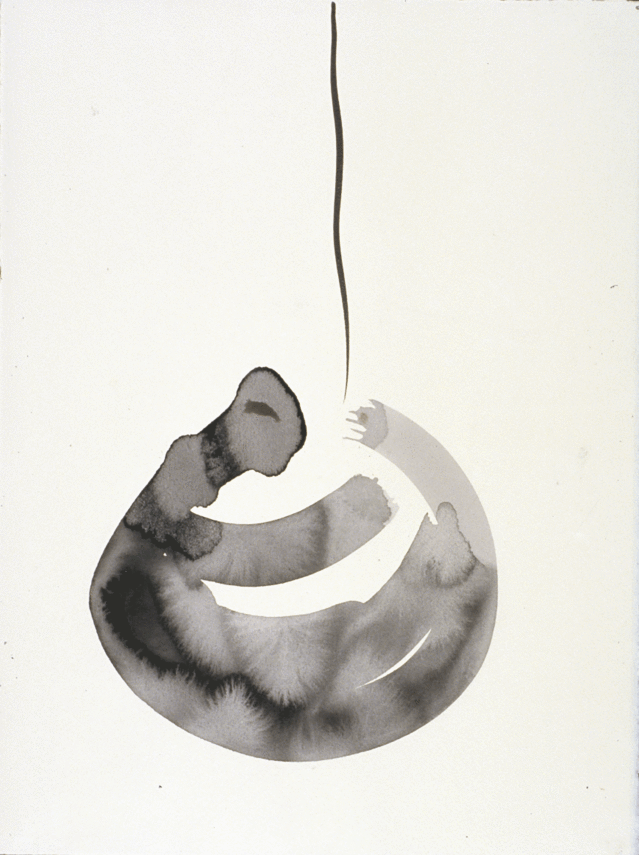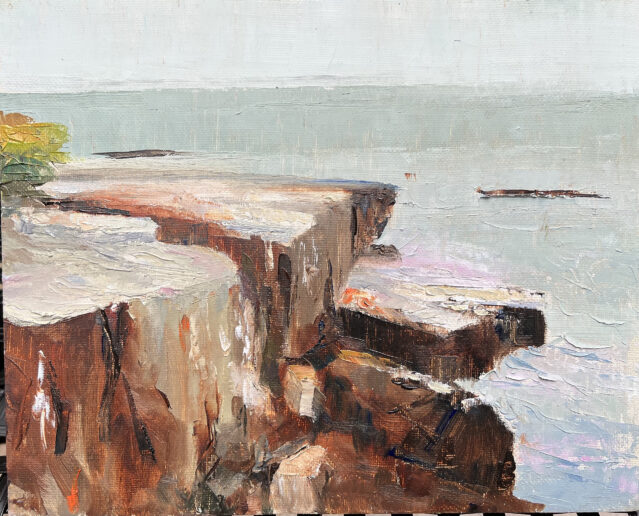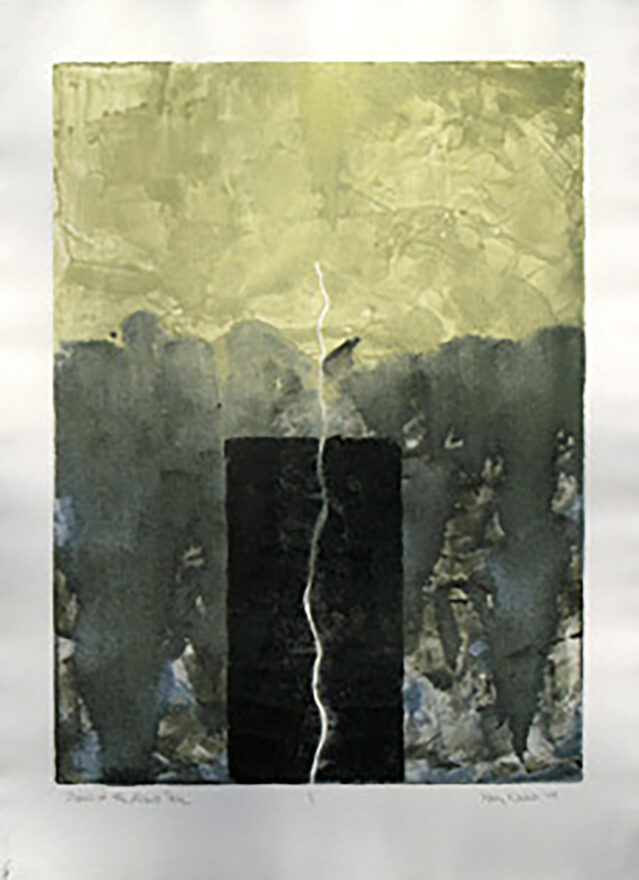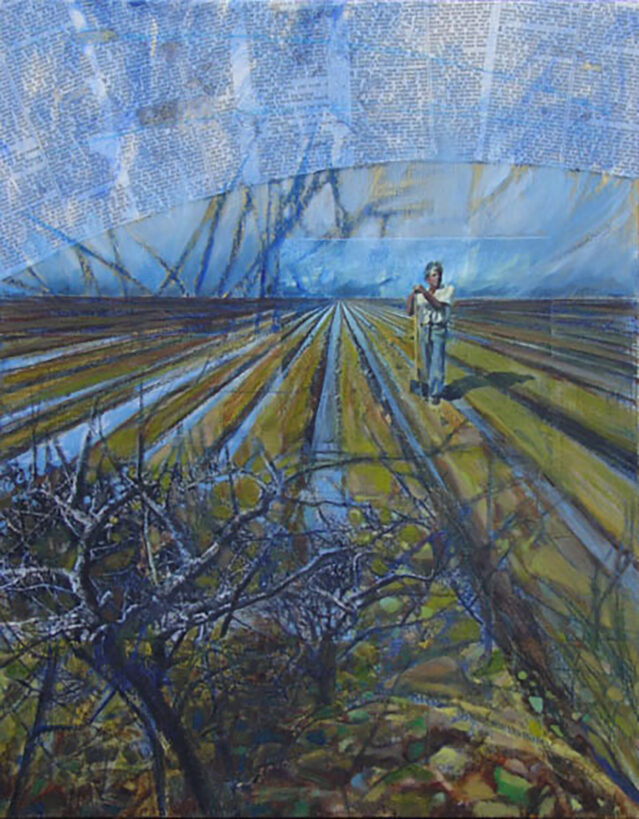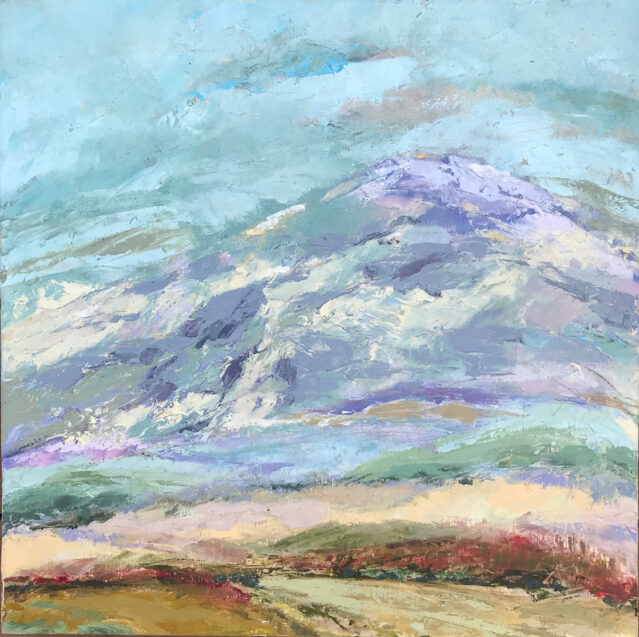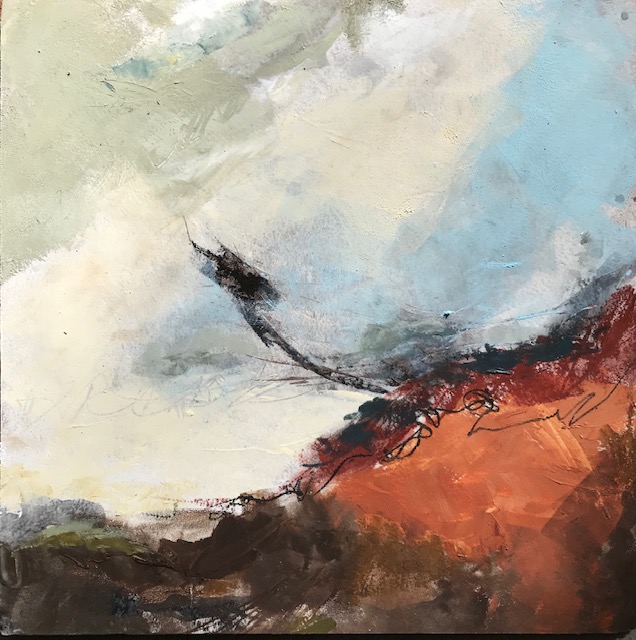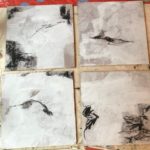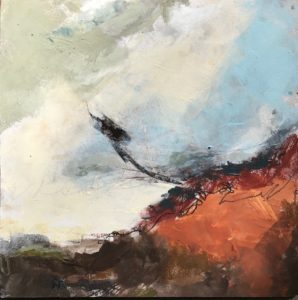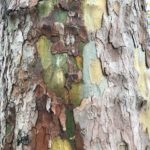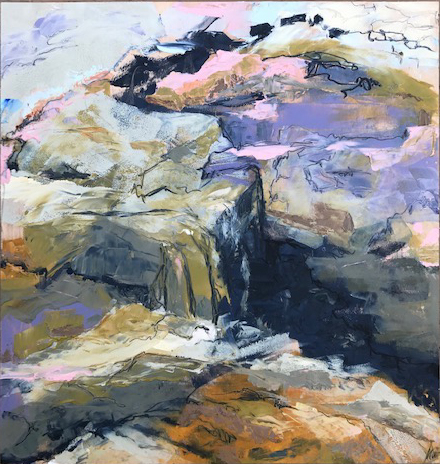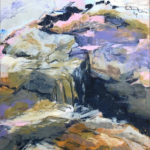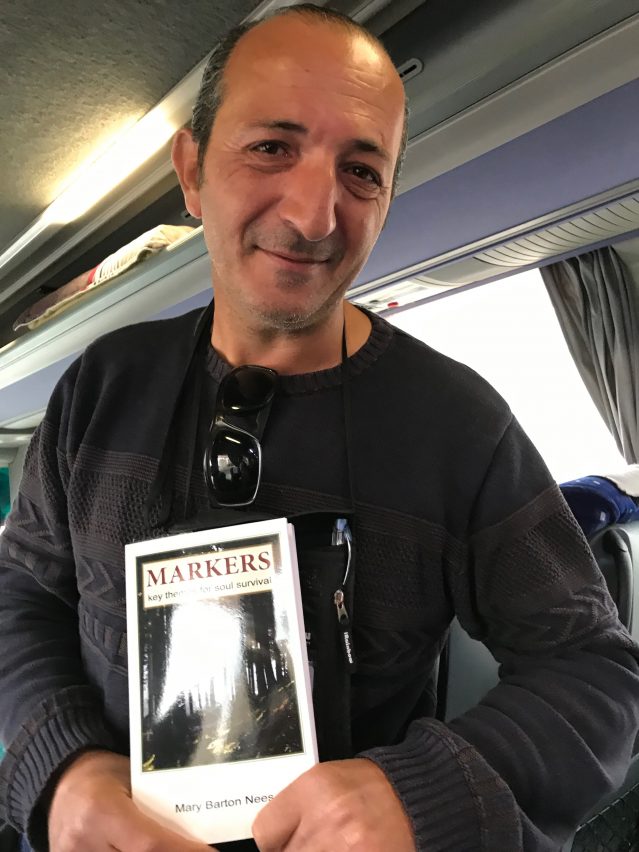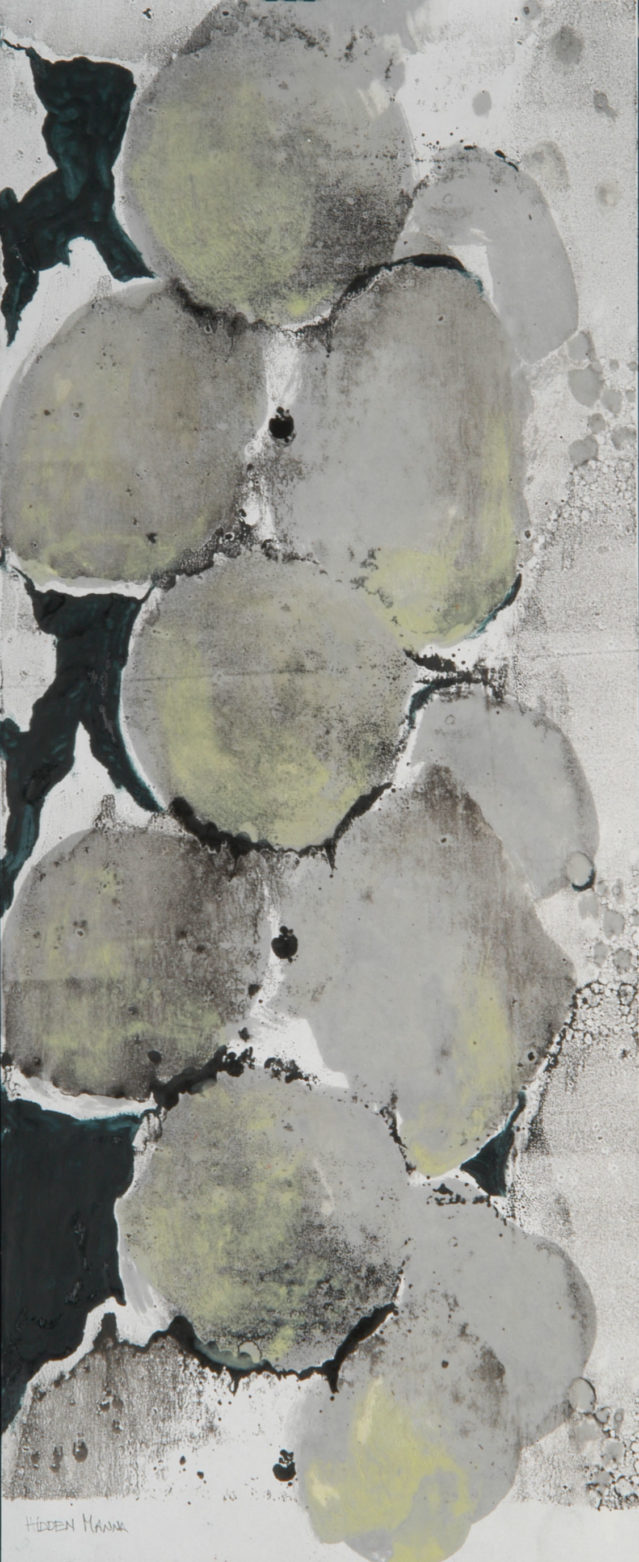Geologists have a name for the earliest epoch in earth’s history: the Pre-Cambrian era. This is when the continents took shape and life forms began to emerge. At least from the evidence left to investigate, the Pre-Cambrian is ground zero, or the canvas upon which fossils and sediments later laid down on top of this early bedrock between the waters.
Earth scientists also say that in Northern Minnesota we can see and walk on some of the oldest Pre-Cambrian bedrock which is exposed to us on earth. These are ancient rocks. The evidence to support this is in the surrounding geology, the dating of this basal igneous material, and subsequent metamorphic compositions in these intriguing forms.
Add to this that some geo-scientists who have done extensive core sample research around the globe see patterns in the lay-down which indicate how and where uplift, rifting and plate subduction cycles occurred above the earth’s mantle. From the evidence seen in the rocks and in computer modeling, it is postulated that in earliest earth time these rock outcrops along the deep trench of Lake Superior may have been some of the highest mountains in the original continental Pangea. I only learned this recently, having read a geology text during Covid. But I have been scampering along this settled volcanic material since I was young. This ledge rock has long fascinated me for its firmness, color and especially the fracturing of its angles. It is just wonderfully magical stuff!
So this summer I got to be up there again. On a rainy day, I captured a section of this rock with my phone, did some quick sketches and then finished a painting inside in a couple hours. I am proud to highlight this 8×10 oil for several reasons. First, I set up and framed a visual composition which still appeals to me every time I look at it. I am critical of my work, so that is saying something. The color is true, and the semblance of the wetness on the top planes of rock reminds me of that interesting moment in time when I was looking at this ancient stuff.
This painting is more than visual though, for conceptually it is a statement about past/present/and future, and so it holds weight symbolically as well.
The rock is ancient, and to me more valuable than diamonds for its enduring hardness, while also being entirely accessible to anyone! Those two aspects: ancient and available are so rare. What could be better on earth than something so old and so commonly present for anyone to stomp around on? But it has a mysterious beauty too. It is no wonder they call this area “artist’s point”; it attracts people even before they have any clue as to ‘the why’. Here’s why for me: Rock is often used as a metaphor of eternal things, referenced by Job, Moses, David, Isaiah and Jesus (who Himself was called “the Rock”). This metaphorical yet available rock named Jesus, sits now in His high place, having settled things in time, our time, every time., and time to come.
The horizon is a symbol or a sign to me also, and I reference that often in my work. My horizon on this particular day was cloudy, almost mirage-like and I loved that. Like a wrapped present, or a pretty lady with a veil is the mystery of this glimpse. More is coming, more is behind my view of things. It’s an anticipation which is sure though shrouded. Paul the brilliant 1st century Christ-follower said, “we see in part but not the whole”. Our sight is limited, our understanding of all that is yet to come is dim. But we do know the important things, the vital things and we know all we need to know. The rock is solid, a basis for sure confidence and solid footing. And that far line out ahead of me is just a teaser.
So time right now is my present reality, looking back and looking forward today, and right then when I captured this view. I’m on a continuum therefore and this is comforting. No other life forms can enjoy an awareness and a thoughtful contemplation of history: what happened before, what happens to me now and what will happen in the future. Time is a continuum, a linear travel forward. And the future can be glimpsed here symbolically at least. Seen things are only shadows of more important things, says the writer to the Hebrews..
I remember my Dad explaining that the furthest edge we see is only a few miles away because of the curvature of the globe. The huge lake surface then is like a clinging bulge we can only catch a scant glimpse of. But the maker of this lake, this rock and the maker of me sees it in wholeness and as He’s promised, will be bringing it to completion.
